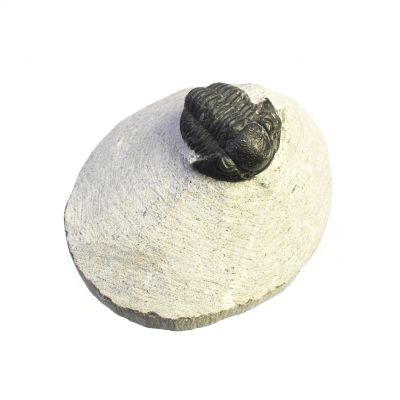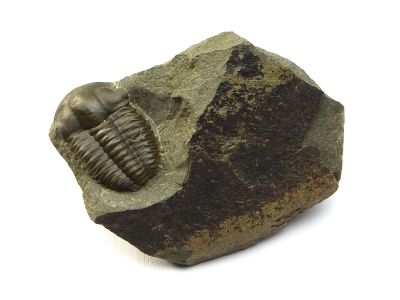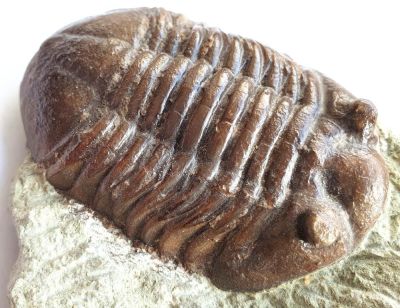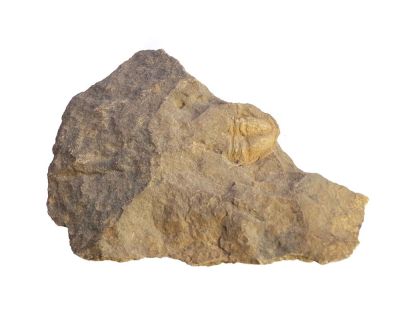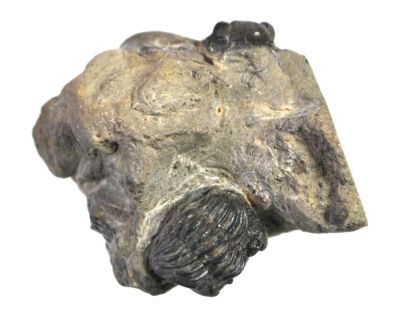Trilobite (ca. 1.5 cm), Devonian, MAR
Small trilobite on matrix.
Proetida is one of the nine major groups of trilobites, which are characterized above all by their cheek spines. These small specimens from the Moroccan Devonian formed concretions after death because the decomposition changed the water chemistry in such a way that minerals precipitated around them. For preparation, these are then finely chiseled away.
Age: Lower Devonian, Upper Emsian;
Locality: Jebl Zguilma, Morocco
Size of trilobite: approx. 1.5-2cm
The colors on product photos may differ slightly from those of the original specimen for technical reasons.
Our photos are for reference only, you will receive a piece of comparable quality with your purchase.
Login



